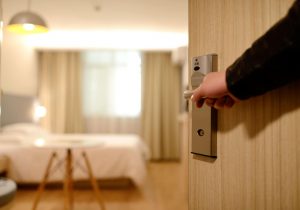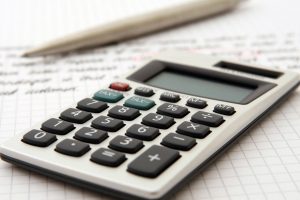 What is ADR in the hospitality industry?
What is ADR in the hospitality industry?
Does that mean anything to you?
ADR stands for average daily rate. It’s the average rental income of a paid and occupied room during a specific time period.
But how do you calculate ADR? How do you use it as a tool in your business? And how do you improve your property’s average daily rate?
Read on to learn more.
How to Calculate ADR for your Hotel, B&B, or Vacation Rental Properties
How do you calculate ADR for your business?
The ADR Formula
The average daily rate formula is simple.
ADR formula for hotels = Room Revenue Earned in a Period / Number of Rooms Sold
Complimentary rooms or rooms used by staff are excluded from the equation. Considering they aren’t available for sale and aren’t generating revenue, it makes sense.
The ADR formula is the same for bed and breakfasts. For vacation rental companies, it’s a little different, though still similar.
ADR formula for vacation rentals = Unit Revenue Earned / Number of Units Sold
Here’s an example:
 If you have:
If you have:
- 20 rooms
- Each rooms sells for $200 per night
- 40% occupancy on any given night
Then your average daily rate (ADR) is:
- 20 rooms *0.4 occupancy = 8 rooms booked per night
- 8 rooms * $200 per night = $1600 revenue earned per night
- $1600 revenue earned during one night / 8 rooms booked during one night = $200 = ADR
Why Does ADR Matter in Hospitality?
So, now you know how to calculate ADR. But why would you bother?
ADR is used as a KPI (key performance indicator) to calculate the average price or rate for each hotel room sold for a specific day. It is one of most common financial indicators to measure how successful the performance of a hotel is compared to other hotels. This comparison is most effective when factoring for similar characteristics like size, clientele, location, or even previous numbers.
The goal of measuring ADR is to increase ADR, of course.
Generally speaking, you do so by increasing the revenue you generate from each individual guest that stays on your property.
Tried and True Ways to Increase Your ADR
Revenue or yield management is an effective way to increase your property’s ADR. Basically, it’s creating pricing strategies to earn more revenue from each transaction.
Packages and Experiences
Creating packages for guests give them the ability to easily plan additional experiences for their visit. On your side, it increases the amount of revenue you earn from their visit. Win-win, no?
Extended Stay Discounts
Offering a discount to guests who stay a night longer than planned can boost your occupancy and boosts your revenue earned per customer. If you’re getting more booked nights on a typically slow night, like Sundays for many in the industry, 80% of a booking is better than 0%.
Varying Rates According to Type of Stay
The above describes changing rates for different rooms or units according to amenities offered or popularity. You also could change rates according to seasonality, holidays, or events in the area.
Increase Demand for Your Rooms or Units
We’re a hospitality marketing company, so of course we’re going to include this recommendation.
But hear us out!
Increasing exposure (and therefore) demand for your units will allow you to increase your price, as you cannot easily increase your supply on such short notice.
Now You Know What ADR is in the Hospitality Industry
As well as a few ways to use it when you start measuring it at your bed and breakfast, boutique hotel, or vacation rental company. Contact us for help planning a strategy to increase ADR more specific to your business and location.
Colin Pearson | Director of Marketing Services
Learn More About Me and Q4Launch on LinkedIn today!
